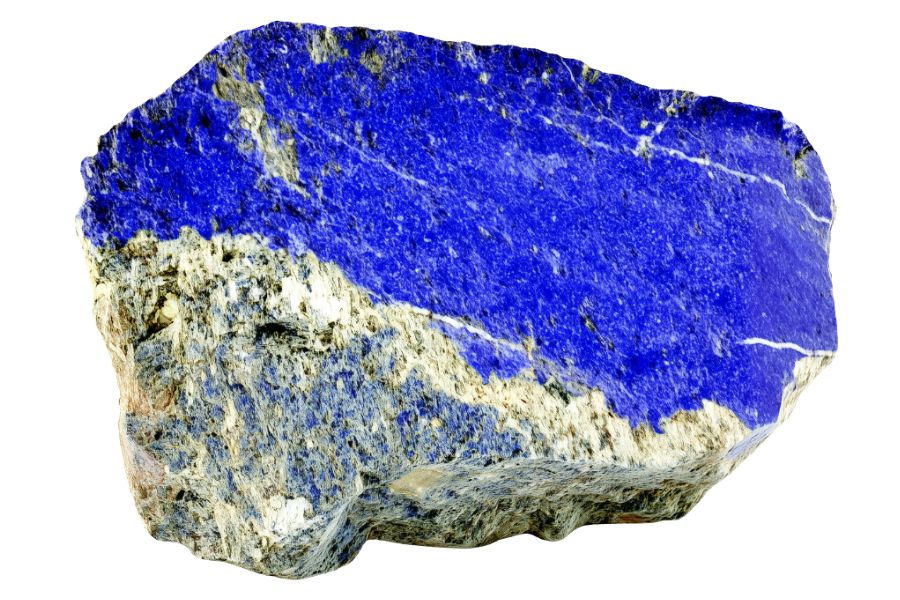Pennsylvania hides its best treasures beneath rolling hills and deep riverbeds. While most rockhounds chase quartz and fossils, few know that lapis lazuli, one of the most prized blue gemstones, can also be found in the state.
Many rockhounds struggle to find good spots, not because the stones aren’t there, but because they’re searching in the wrong places. Old quarries, forgotten mines, and specific rock formations hold the best chances, but these locations aren’t always easy to find.
That’s why we’ve sourced the best possible spots in Pennsylvania to help you save time and energy. Whether you’re a beginner or an experienced collector, this guide will lead you straight to the places where lapis lazuli is most likely to be found.
How Lapis Lazuli Forms Here
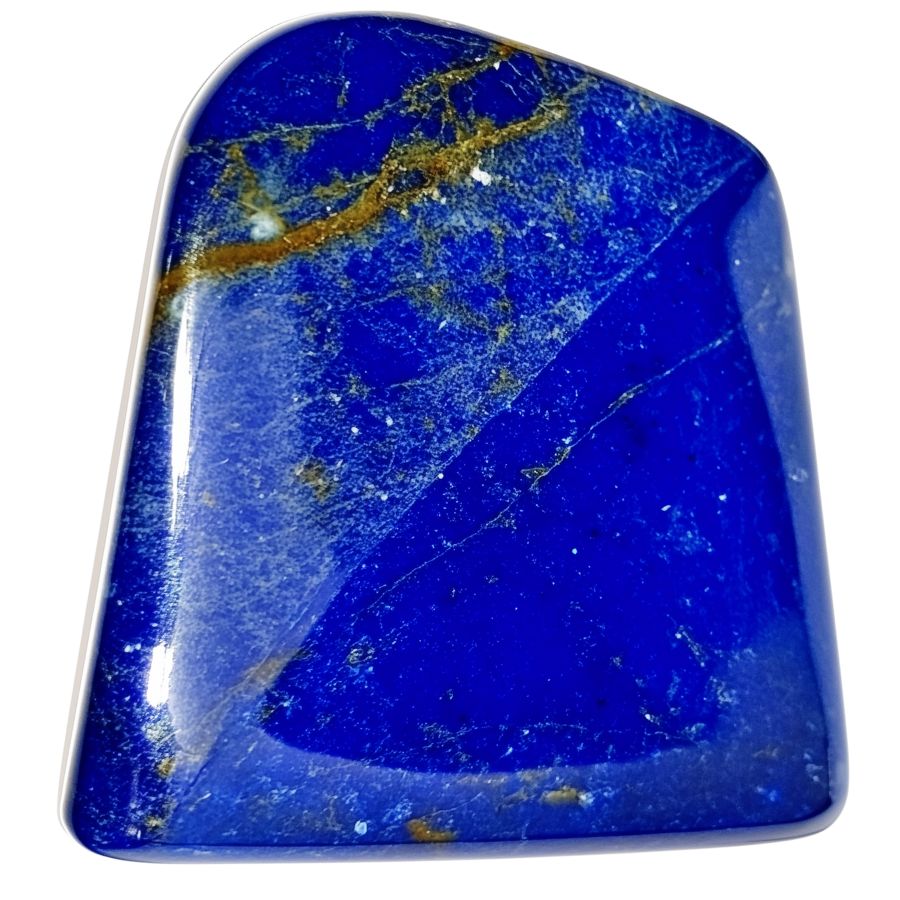
Lapis Lazuli forms deep within metamorphic rocks when limestone or marble undergoes intense pressure and heat. Different minerals come together during this process, mainly lazurite, pyrite, and calcite.
Pressure from the Earth’s crust transforms these minerals into the distinctive blue stone we know. Heat plays a crucial role by helping the minerals crystallize properly.
Multiple mineral components mix during formation, creating those white and gold streaks you see.
Creating this stone takes millions of years of perfect conditions. Nature has to maintain just the right temperature and pressure throughout the process.
Sometimes, other minerals like sodalite and hauyne join the mix, affecting the final color. Rocks surrounding the forming Lapis Lazuli also influence its quality and appearance.
Types of Lapis Lazuli
Lapis Lazuli occurs in several distinct varieties, each displaying unique characteristics based on its geographical origin and mineral composition.
Understanding these different types helps collectors, artisans, and enthusiasts identify and appreciate the stone’s diverse beauty.
Blue Lapis Lazuli
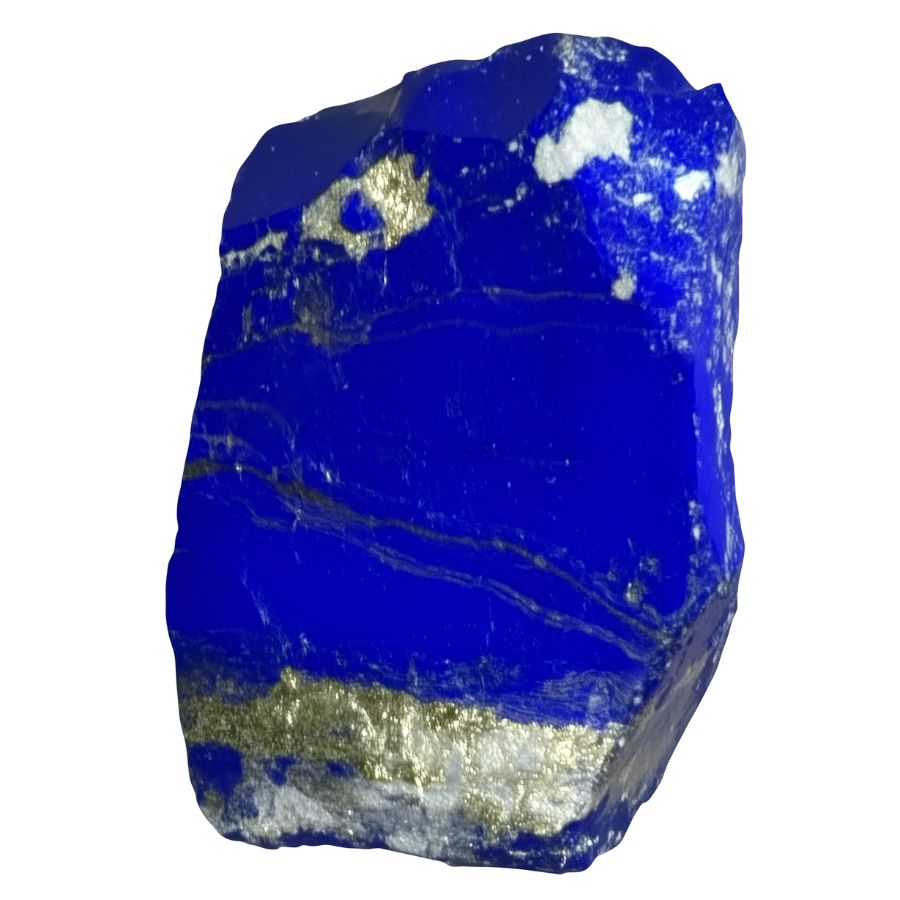
Brilliant indigo coloring dominates high-quality specimens. Natural crystallization processes create remarkable color consistency throughout each piece. Professional examination reveals fascinating internal structures invisible to casual observation.
Advanced studies show precise mineral combinations creating intense blue colors. Scientific analysis helps identify premium specimens through specific testing methods. Color intensity varies based on exact mineral ratios.
Modern technology allows detailed analysis of mineral composition. Research continues to reveal new information about formation processes.
White Lapis Lazuli
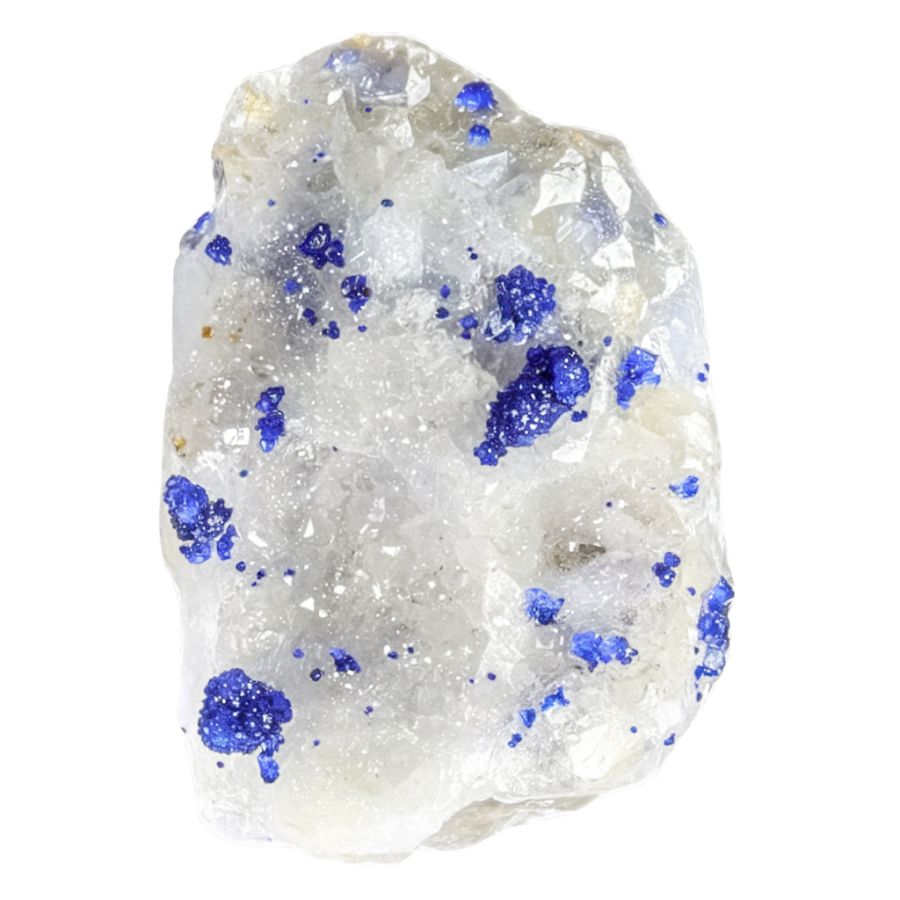
Delicate streaks of white calcite create beautiful patterns across this light-colored variety. Natural light filtering through translucent areas produces a soft, ethereal effect that distinguishes it from other types. Fine white lines weave through the stone’s surface, forming intricate designs.
The surface texture feels remarkably smooth when polished, making it excellent for detailed carvings.
Collectors seek this variety for its understated elegance and rarity in the market. White Lapis holds special appeal for those who prefer subtle beauty over bold statements.
Afghan Lapis Lazuli
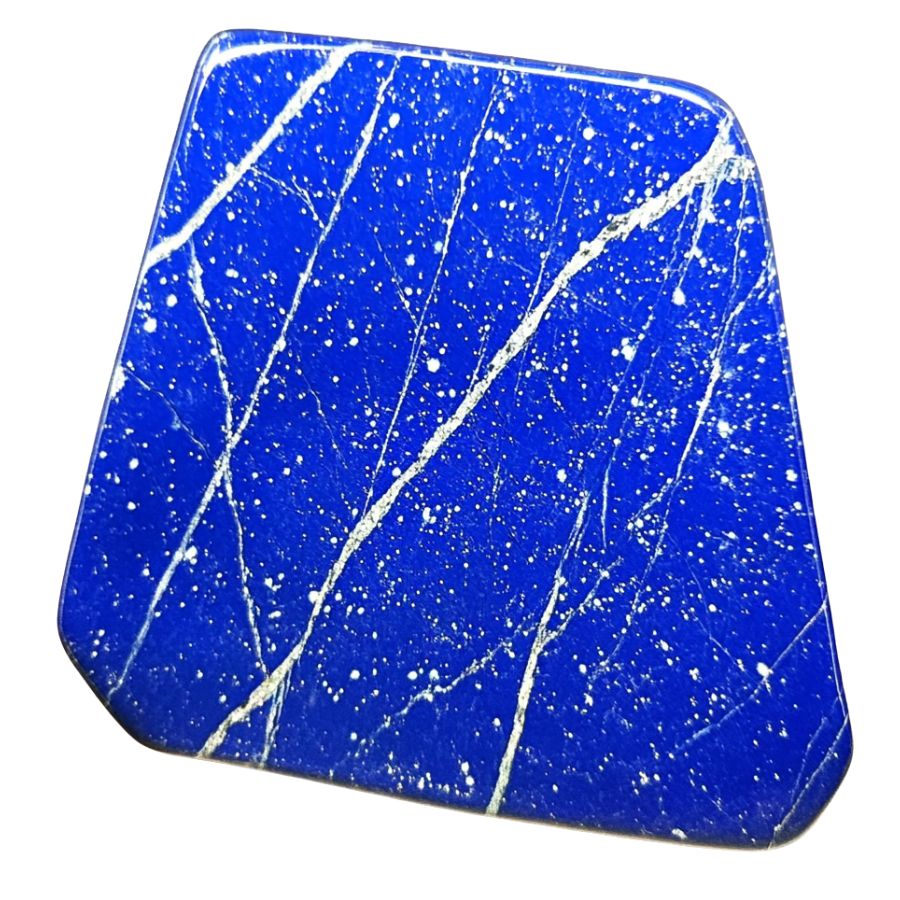
Afghan Lapis Lazuli stands out for its intense royal blue coloring, creating an immediately striking visual impact. Rich, uniform coloring characterizes high-quality Afghan specimens, with minimal white or grey streaks interrupting the blue background.
Natural inclusions add character without compromising the stone’s overall beauty. Skilled artisans particularly value this variety for its consistent quality and workability.
Most pieces display an even distribution of pyrite, creating a balanced and harmonious appearance. These golden specks vary in size and placement, making every specimen one-of-a-kind.
Close inspection of the stone reveals subtle variations in blue tones, from deep navy to bright azure, adding depth to its appearance.
Chilean Lapis Lazuli
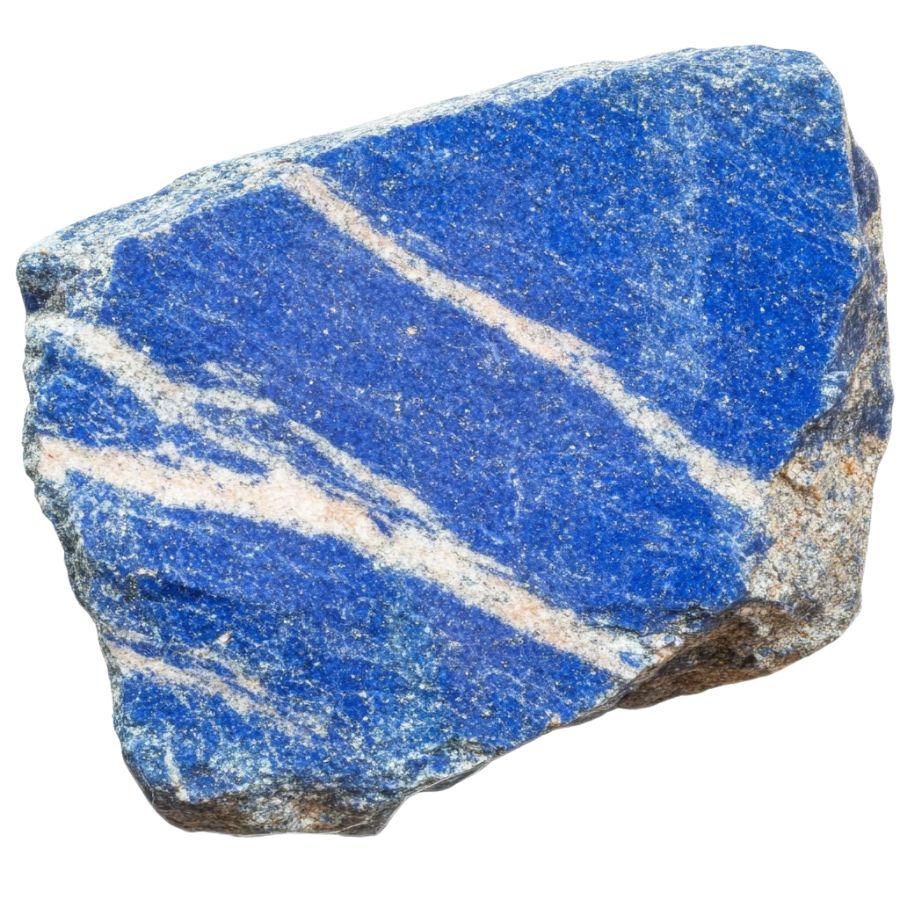
Chilean Lapis Lazuli showcases distinctive white calcite veining running through its blue body, creating interesting patterns and textures. These natural streaks add character and make each piece easily identifiable from other varieties.
The crystal structure contains notable amounts of wollastonite, giving Chilean specimens their characteristic appearance. This mineral combination creates interesting optical effects when light hits the surface.
Professional cutters develop special techniques to work with Chilean material, highlighting its best features. Larger pieces often display dramatic color contrasts between dark blue areas and white veining.
Russian Lapis Lazuli
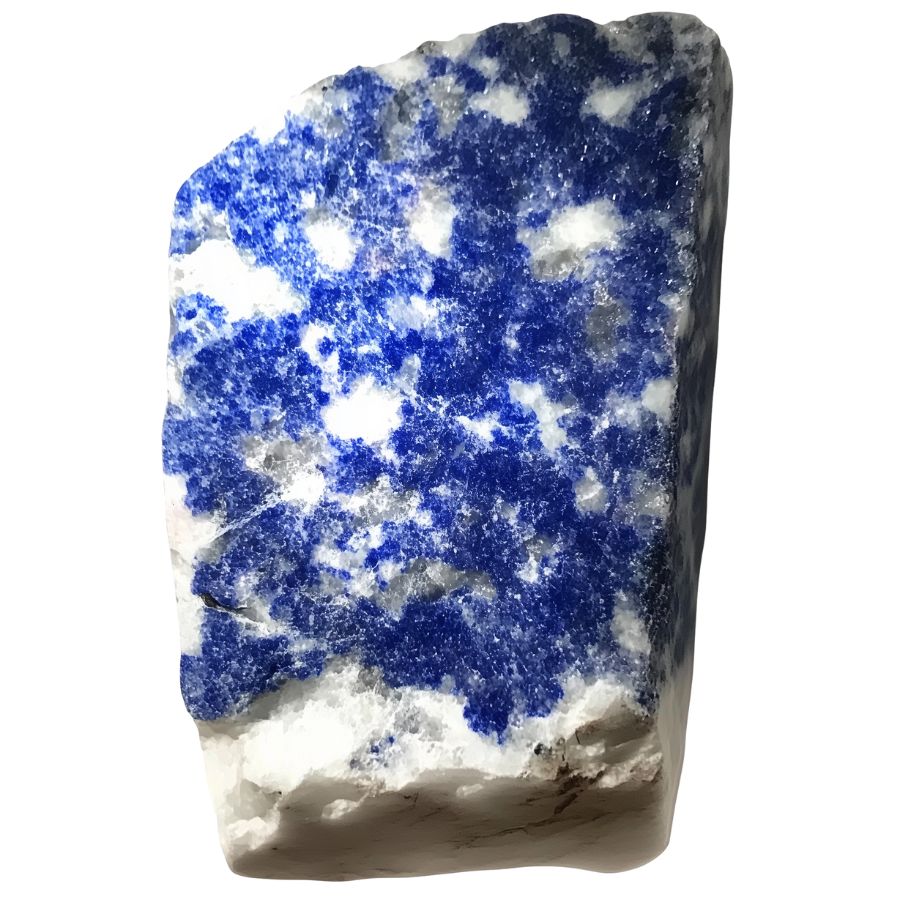
Russian Lapis Lazuli features distinct mineral compositions including significant amounts of diopside. These additional minerals create subtle color variations throughout the stone.
Specimens typically contain minimal pyrite, resulting in a cleaner, more uniform appearance. Instead of golden flecks, Russian pieces showcase varying blue tones and subtle color shifts. This characteristic gives them a more subdued, elegant appearance.
Professional cutters appreciate how Russian specimens take an even polish. The stone’s structure allows for detailed carving while maintaining its attractive appearance.
When properly finished, pieces display a subtle gleam that enhances their natural beauty.
Italian Lapis Lazuli
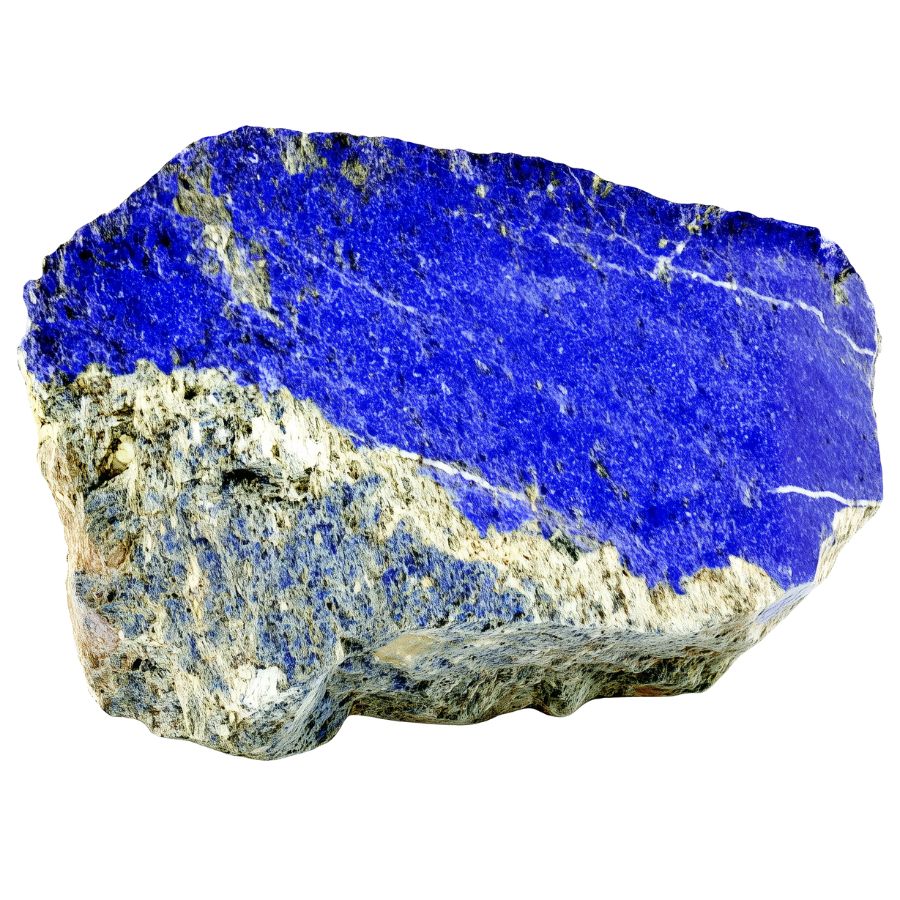
Italian Lapis Lazuli displays softer blue tones compared to other varieties, often showing subtle variations in color intensity. Natural patterns include gentle transitions between lighter and darker areas.
Historical significance stems from its extensive use in Renaissance art and architecture. Artists ground this stone into pigment to create brilliant blue colors in paintings. This traditional use influenced European art for centuries.
Italian pieces often show more subtle coloring than their counterparts from other regions. This gentler appearance makes them particularly suitable for certain artistic applications. Professional stone workers value their consistent working properties.
Green Lapis Lazuli
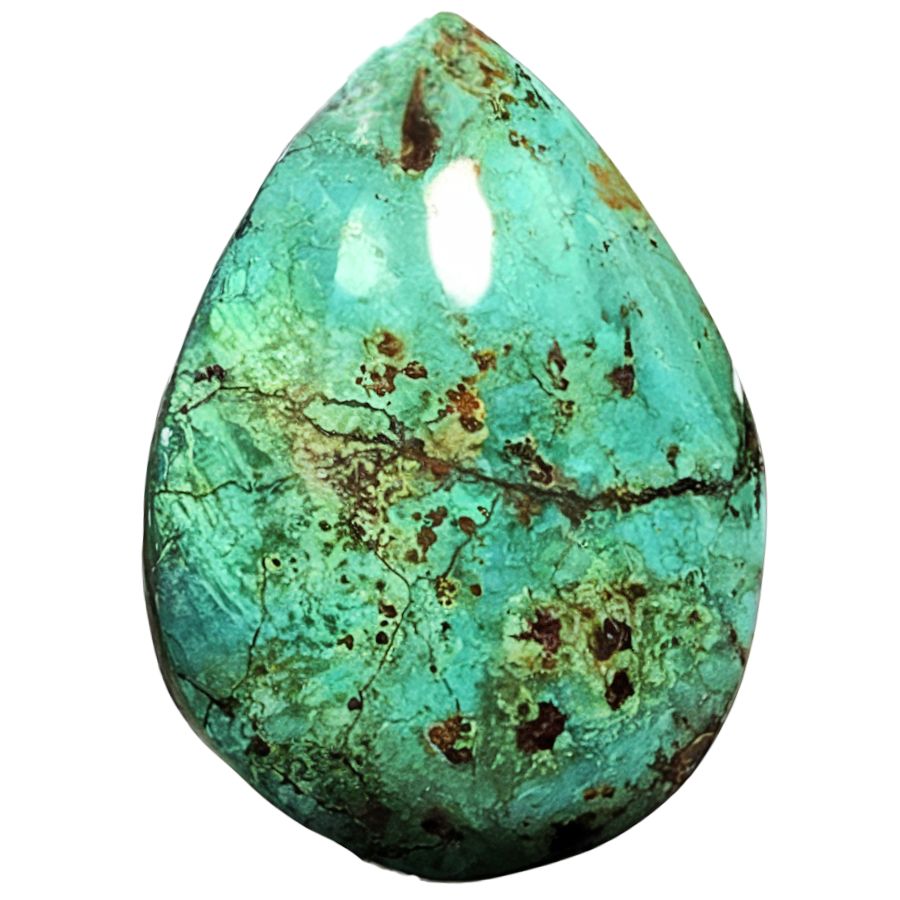
Mineral variations create fascinating green undertones in this distinctive variety. Traces of specific minerals influence color shifts from blue-green to sage, producing remarkable visual effects.
Crystal structure affects how light interacts with the surface, creating subtle color play. Environmental factors during formation lead to interesting patterns and textures.
Scientific analysis reveals unique mineral combinations responsible for green coloring. Understanding these variations helps experts identify genuine specimens. Professional testing confirms specific mineral content that causes green hues.
Purple-Blue Lapis Lazuli
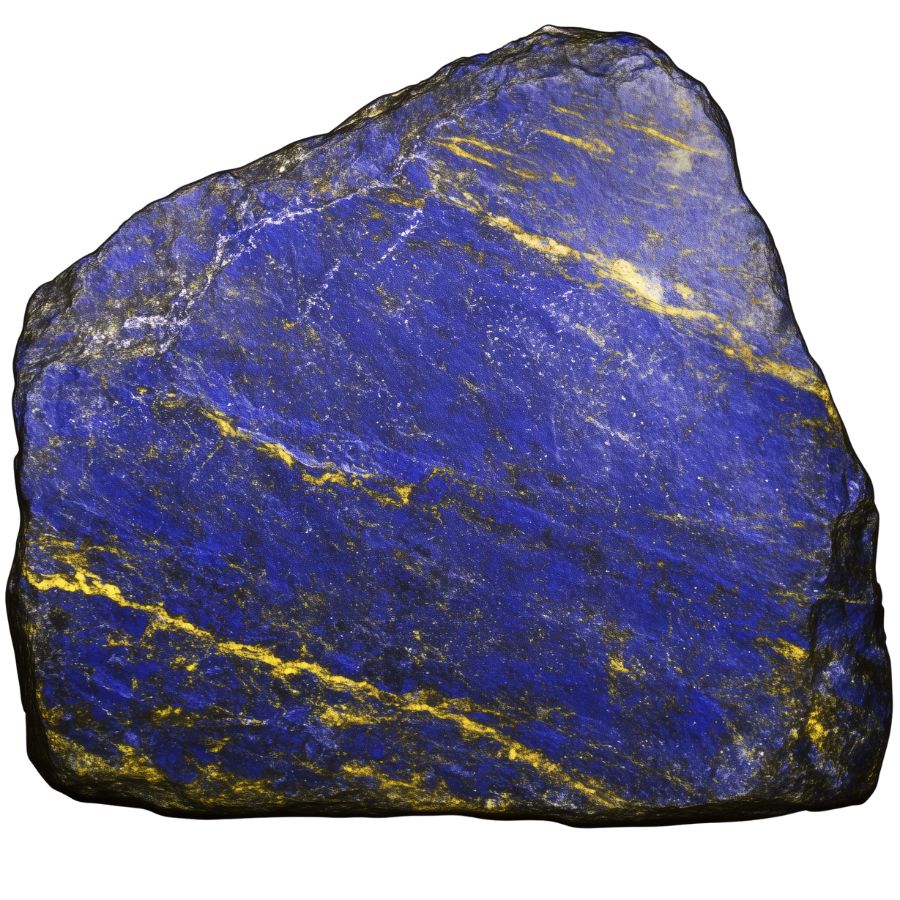
Violet undertones create rich, royal purple-blue coloring in select specimens. Natural color variations result from specific mineral combinations during formation. Complex crystal structures produce fascinating optical effects under different lighting conditions.
Scientific studies show unique mineral ratios causing purple tints. Advanced testing methods help identify genuine purple-blue varieties. Color stability remains consistent under various light sources.
Professional processing methods preserve natural color characteristics. Modern analysis reveals fascinating details about formation conditions. Each specimen tells a story about ancient geological processes.
What Rough Lapis Lazuli Look like?
Lapis Lazuli in its rough form can be tricky to identify, especially when you’re just starting to explore rocks and minerals. Here’s how you can spot this royal blue beauty without needing fancy equipment.
Look for the Signature Deep Blue Color
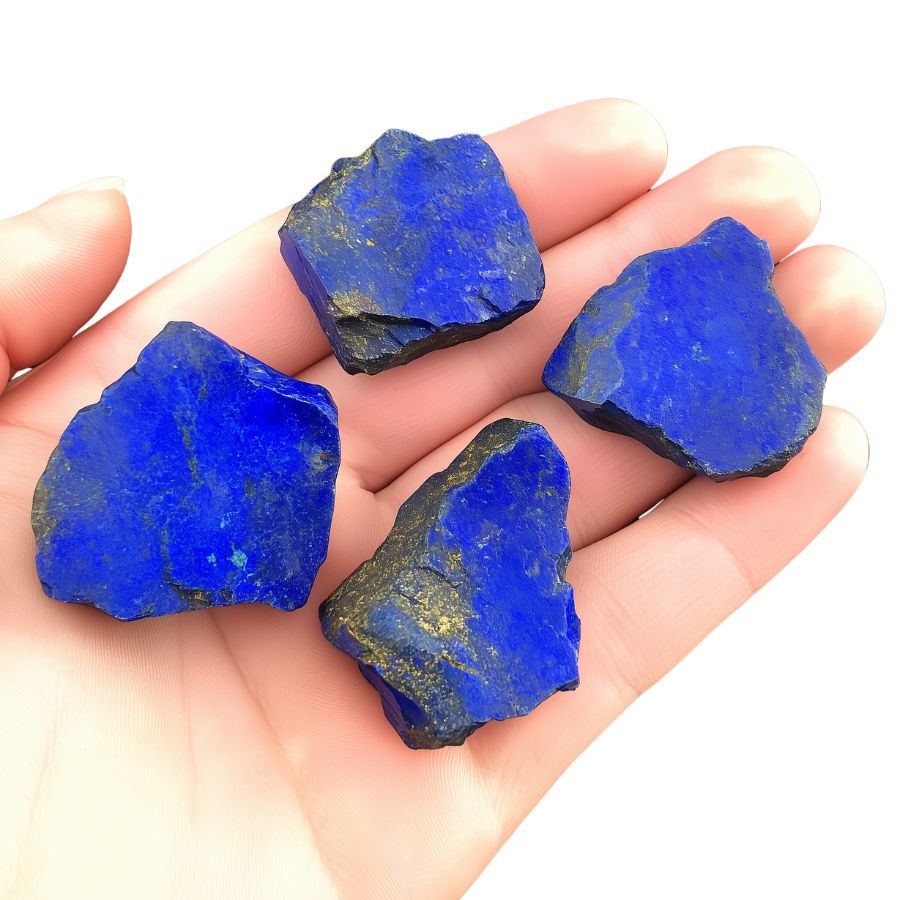
The most striking feature of rough Lapis is its deep, intense blue color – think midnight sky or ocean depths. But it’s rarely just blue. You’ll often spot tiny gold-colored flecks (pyrite) scattered throughout, like stars in the night sky.
Sometimes you might see white streaks or patches (calcite). If the blue looks too bright or artificial, it might be dyed sodalite or howlite instead.
Check for a Glassy to Waxy Surface
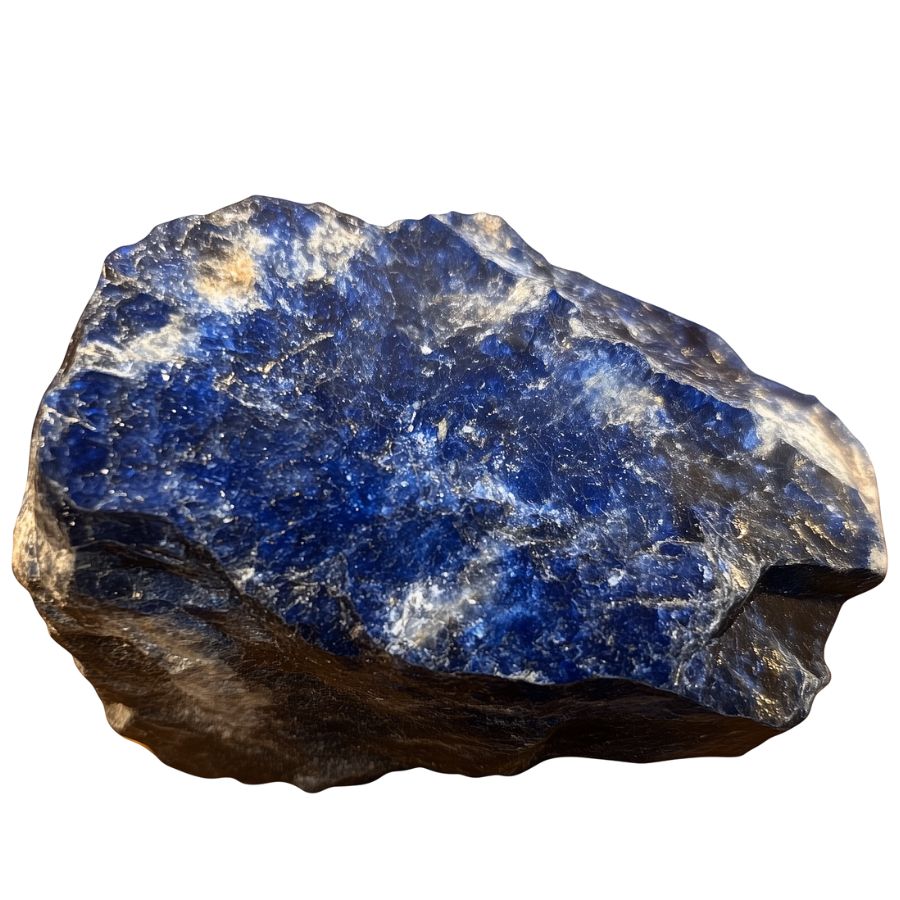
Run your fingers over raw Lapis – it should feel smooth but not quite glassy. Unlike polished pieces, rough Lapis has a somewhat waxy or matte appearance.
Look for areas where the surface seems uneven or slightly greasy. These characteristics come from its metamorphic nature.
A quick tip: if it’s super glossy or feels plasticky, it’s probably fake.
Assess the Hardness Through Simple Tests
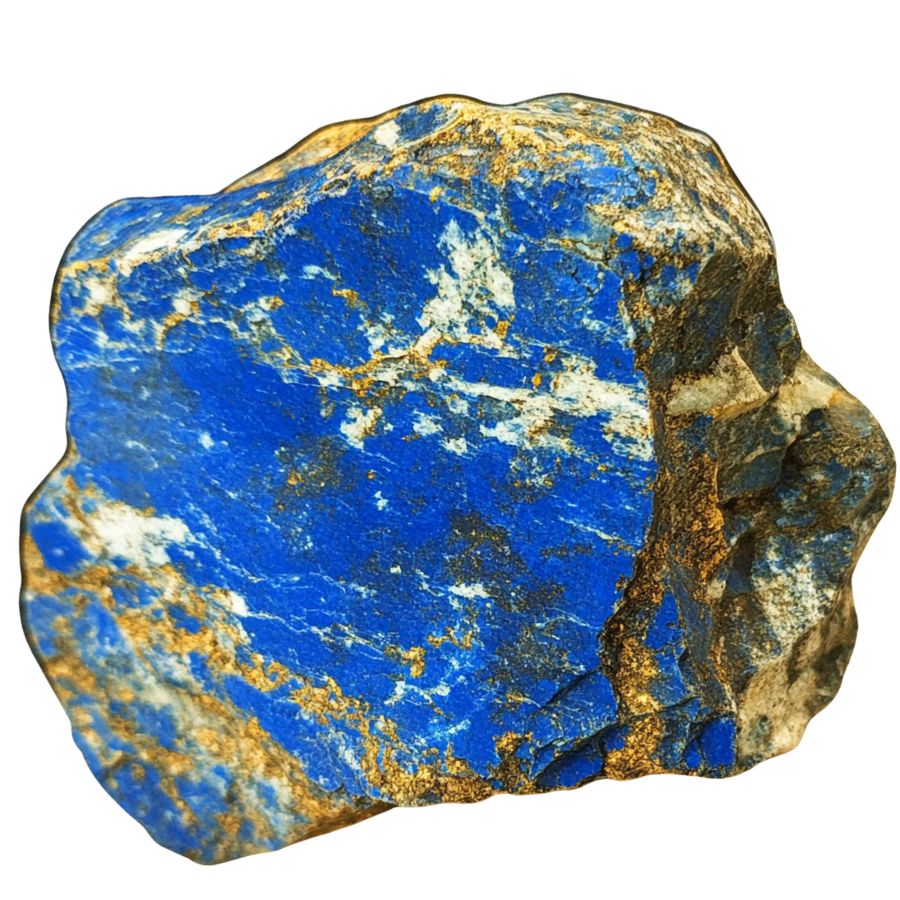
Grab a copper penny and try to scratch your specimen. Lapis ranks 5-5.5 on the Mohs scale, so it shouldn’t scratch easily with a fingernail (2.5) but will yield to a steel knife (5.5).
Don’t go crazy with scratching – just test a small, inconspicuous spot. The stone should feel solid and compact, not crumbly or soft like chalk.
Watch for Key Mineral Inclusions
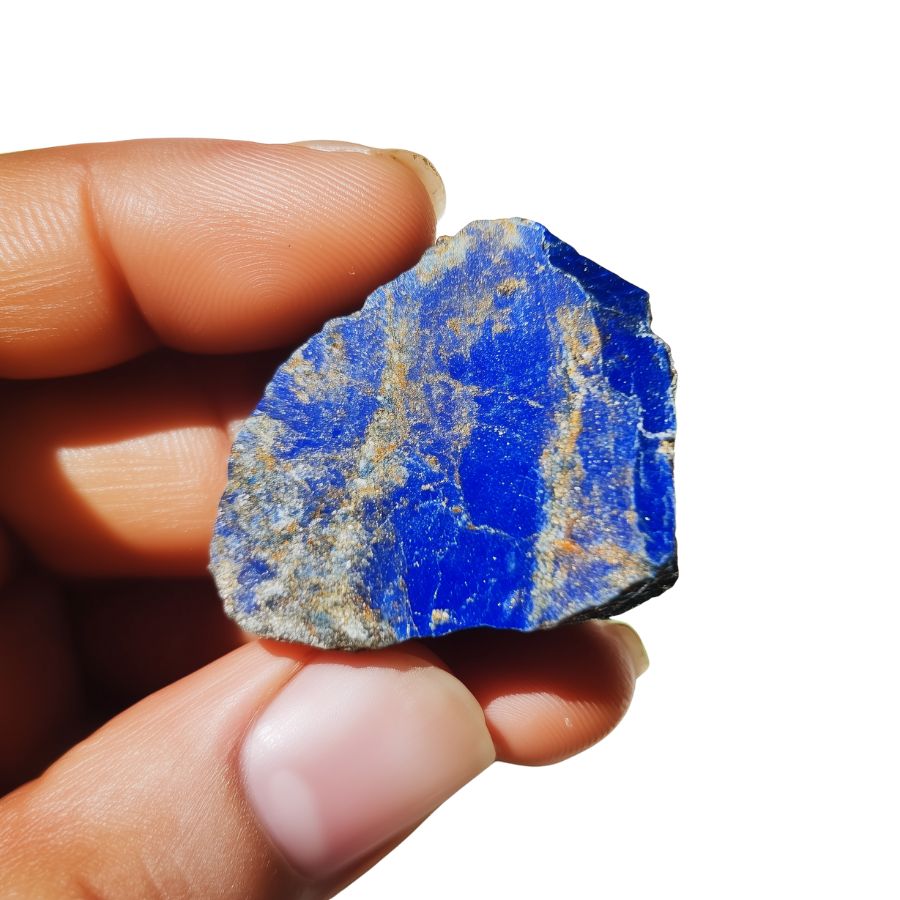
Take a close look at the stone’s surface – authentic Lapis Lazuli typically contains visible mineral inclusions.
The most common are golden pyrite specks, which appear as metallic flecks throughout the blue body. White or grey streaks of calcite are also normal and can range from thin veins to larger patches. Dark spots or areas are usually other minerals like sodalite or lazurite.
A uniform, perfect blue color without any inclusions is uncommon in natural Lapis and might indicate a fake stone. Use a magnifying glass if available – it helps spot these mineral patterns more clearly.
A Quick Request About Collecting
Always Confirm Access and Collection Rules!
Before heading out to any of the locations on our list you need to confirm access requirements and collection rules for both public and private locations directly with the location. We haven’t personally verified every location and the access requirements and collection rules often change without notice.
Many of the locations we mention will not allow collecting but are still great places for those who love to find beautiful rocks and minerals in the wild without keeping them. We also can’t guarantee you will find anything in these locations since they are constantly changing.
Always get updated information directly from the source ahead of time to ensure responsible rockhounding. If you want even more current options it’s always a good idea to contact local rock and mineral clubs and groups
Tips on Where to Look
Finding Lapis Lazuli can be tricky but not impossible if you know where to look. Here are some common places where you might get lucky with this beautiful blue stone.
Limestone Deposits
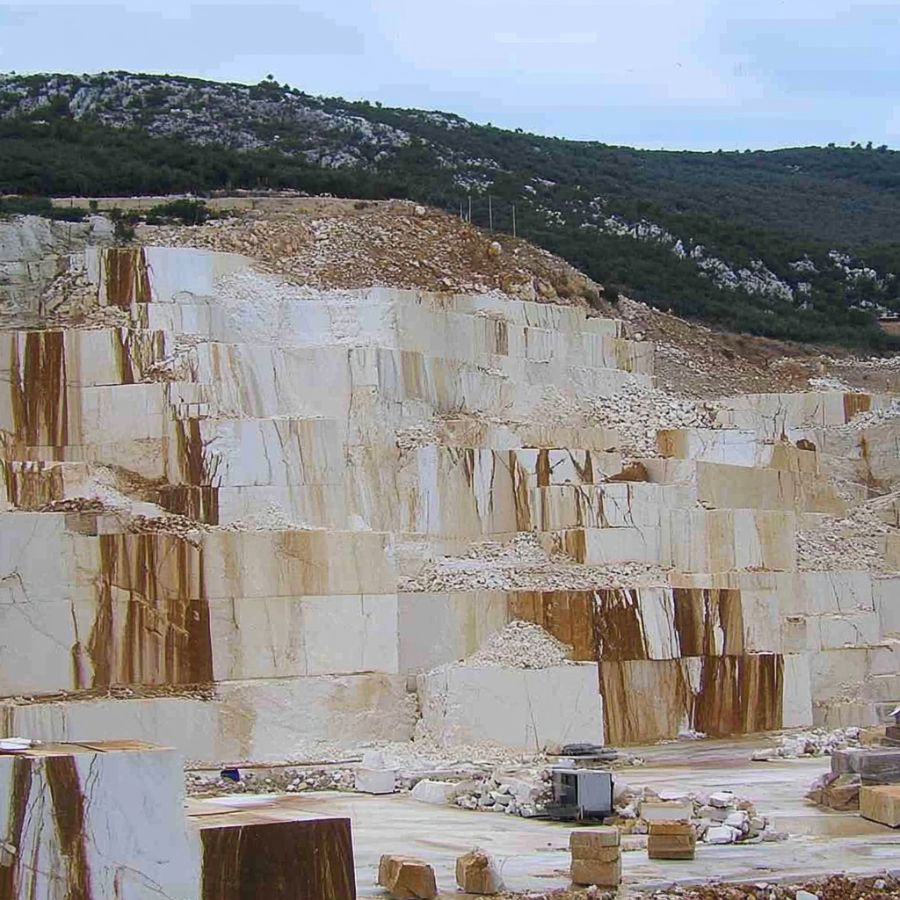
Look for white to grayish limestone areas. Lapis often form near limestone because both need similar conditions to form.
Check for blue veins or patches in limestone outcrops. If you spot calcite or pyrite nearby, that’s a good sign.
The presence of white marble alongside limestone makes it an even better spot since Lapis Lazuli typically forms when limestone transforms into marble through intense heat and pressure.
Mountain Quarries
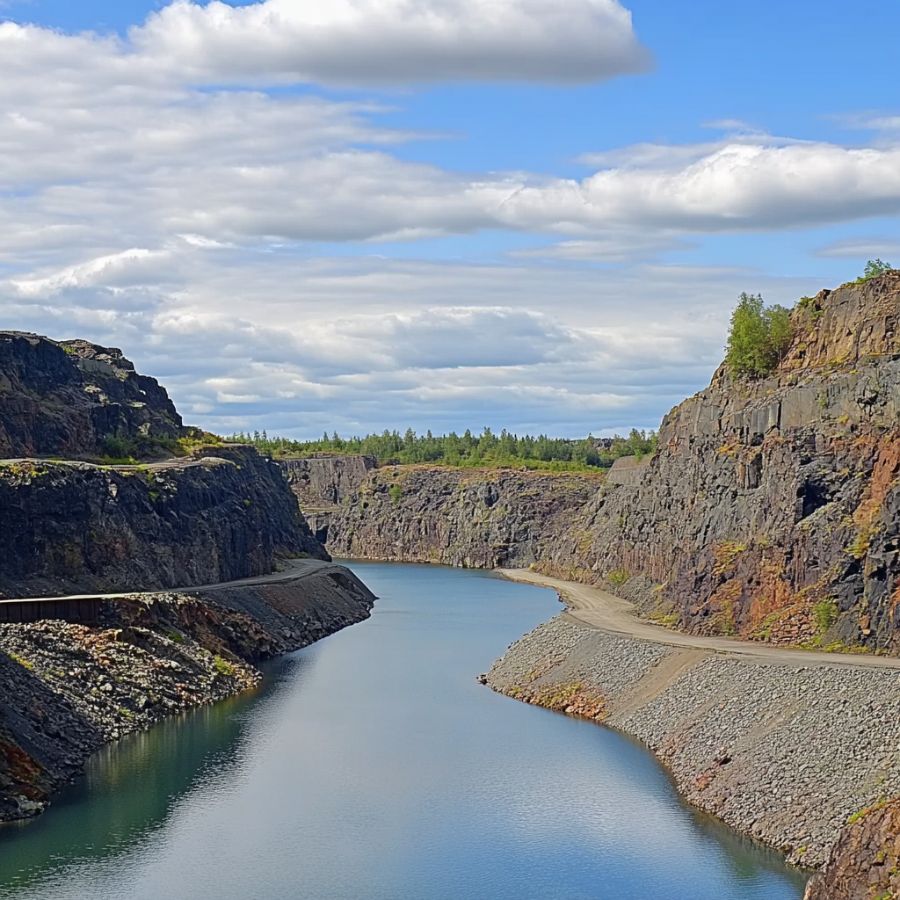
Active or abandoned quarries are goldmines for Lapis hunters. Focus on areas where they’re cutting into metamorphic rocks. The freshly exposed rock faces make it easier to spot the deep blue color.
While exploring these sites, keep an eye out for rocks with a mix of blue and white – that’s often how Lapis appears in its raw form. Sometimes, you might need to crack open seemingly ordinary rocks to reveal the blue treasure hiding inside.
Crystal Seams
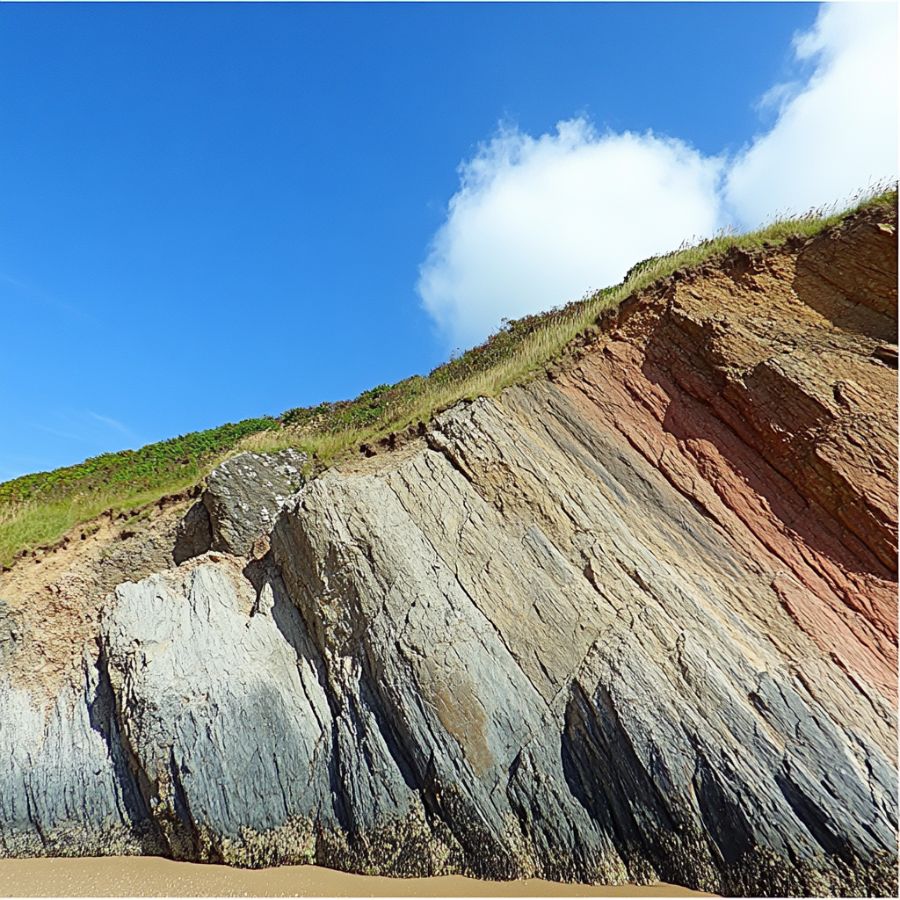
Search for crystal veins in rocky areas. When you find one crystal type, there’s a good chance you’ll find others nearby, including Lapis.
Look for areas where different rock types meet – these contact zones are perfect spots for Lapis formation.
While you’re checking these seams, which can sometimes stretch for several feet along rock faces and often contain multiple types of minerals clustered together, pay special attention to areas where you see dark blue or deep purple colors peeking through.
River Beds
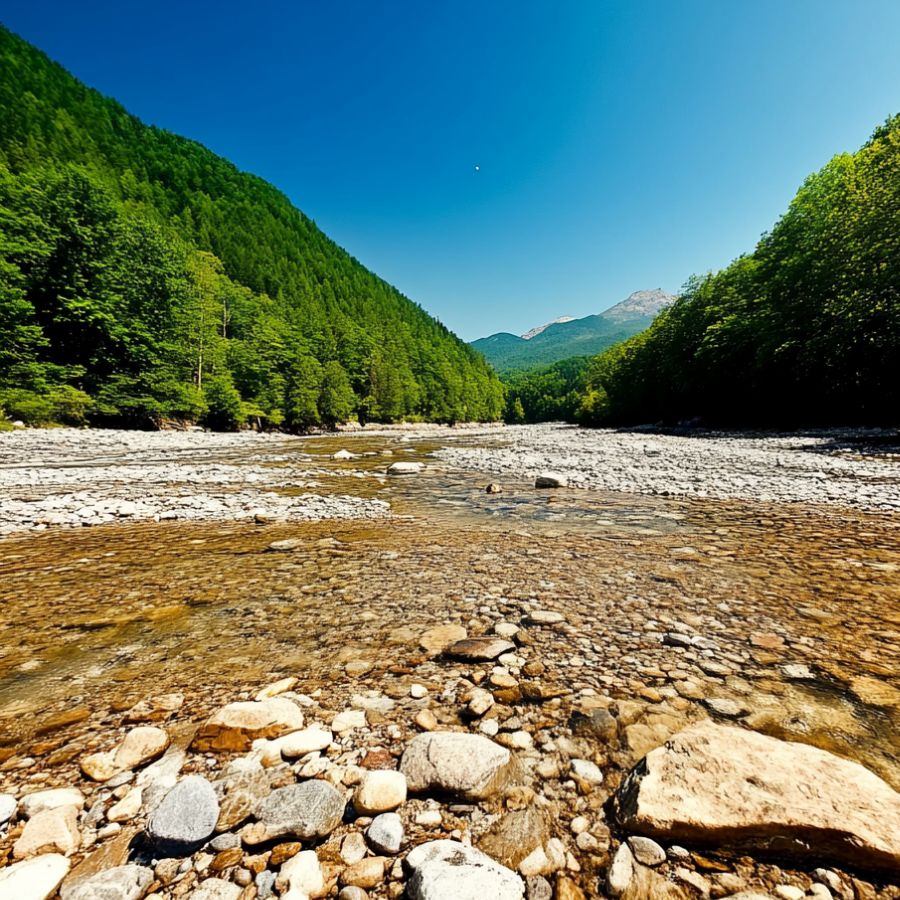
Check river beds and gravel bars, especially after heavy rains when new material gets washed down. Focus on areas where the water slows down – that’s where heavier stones like Lapis tend to settle.
Pro tip: dig about 1-2 feet deep in these spots, as heavier stones often sink below the surface materials.
Some Great Places To Start
Here are some of the better places in the state to start looking for Lapis Lazuli:
Always Confirm Access and Collection Rules!
Before heading out to any of the locations on our list you need to confirm access requirements and collection rules for both public and private locations directly with the location. We haven’t personally verified every location and the access requirements and collection rules often change without notice.
Many of the locations we mention will not allow collecting but are still great places for those who love to find beautiful rocks and minerals in the wild without keeping them. We also can’t guarantee you will find anything in these locations since they are constantly changing.
Always get updated information directly from the source ahead of time to ensure responsible rockhounding. If you want even more current options it’s always a good idea to contact local rock and mineral clubs and groups
Brandywine Creek
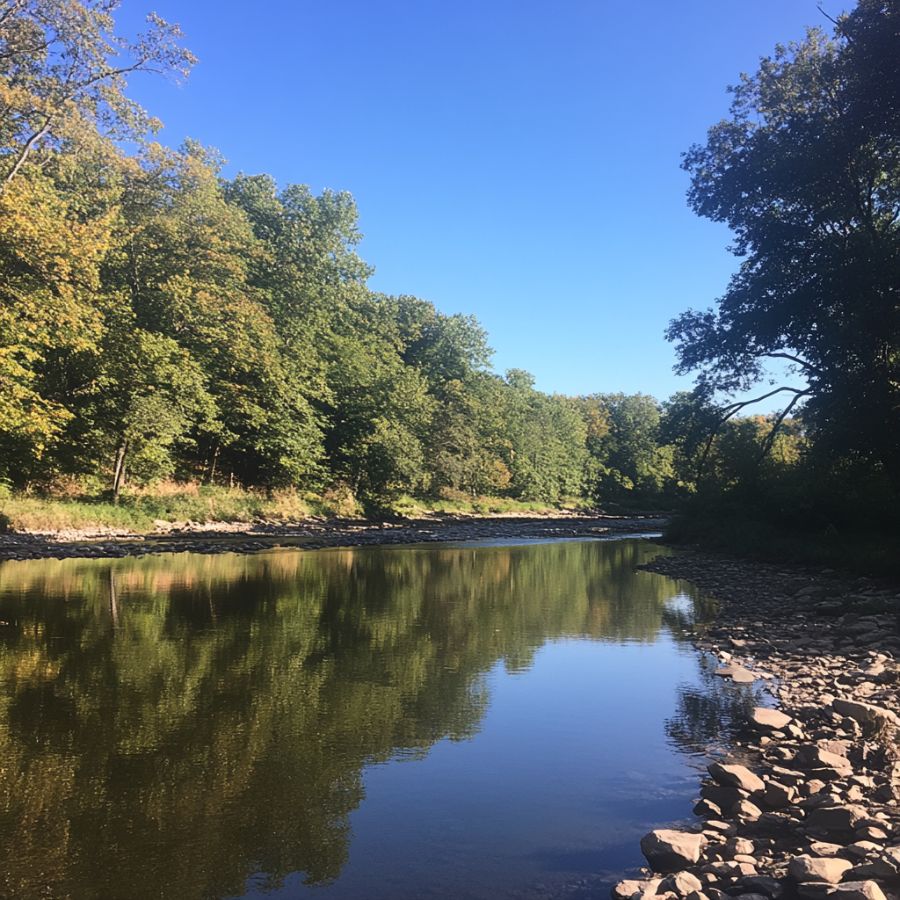
Brandywine Creek flows through southeastern Pennsylvania and western Delaware. The creek stretches for 20 miles, passing through Chadds Ford before meeting the Christina River near Wilmington.
Rock collectors often visit this historic waterway to search for various minerals and gems. The creek’s clear waters reveal interesting rock formations and mineral deposits along its banks.
The stream bed contains many types of rocks brought down from upstream areas. Lapis Lazuli can be found in areas where the creek cuts through limestone deposits. The best spots to look are near the crystal-rich sections of the streambed, especially after heavy rains wash away loose sediment.
Local rockhounds have success finding minerals in the creek’s gravel bars and shallow pools. The water’s natural flow patterns create spots where heavier minerals collect.
Phoenixville
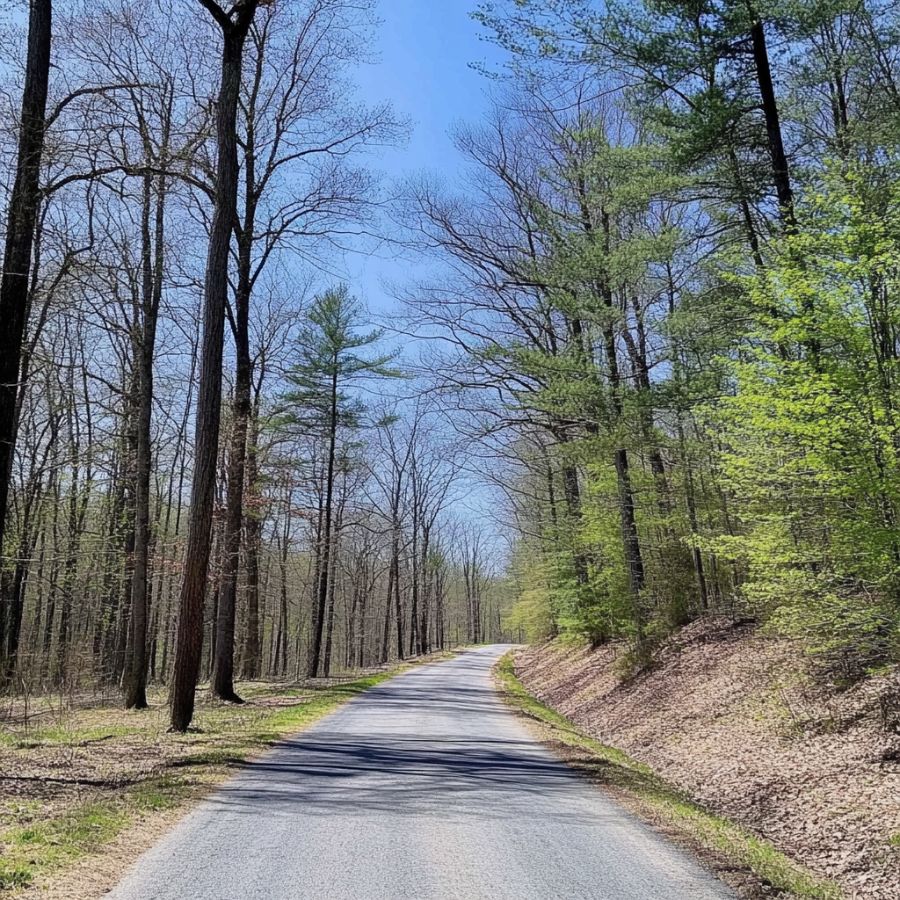
Phoenixville is a historic mining town in Chester County, next to the Schuylkill River. Famous Wheatley and Chester County mines once produced valuable minerals like pyromorphite and anglesite.
Local rockhounds can search for Lapis Lazuli around old mine dumps, especially near the Wheatley Mine area. Small pieces of this deep blue stone sometimes appear in the limestone deposits common to this region. Stream beds flowing past the old mining sites often hold hidden treasures too.
The town’s Mining District contains unique rock formations created millions of years ago. These formations helped form many different minerals. More than 20 types of minerals have been found here, making it special for mineral collectors.
McAdoo
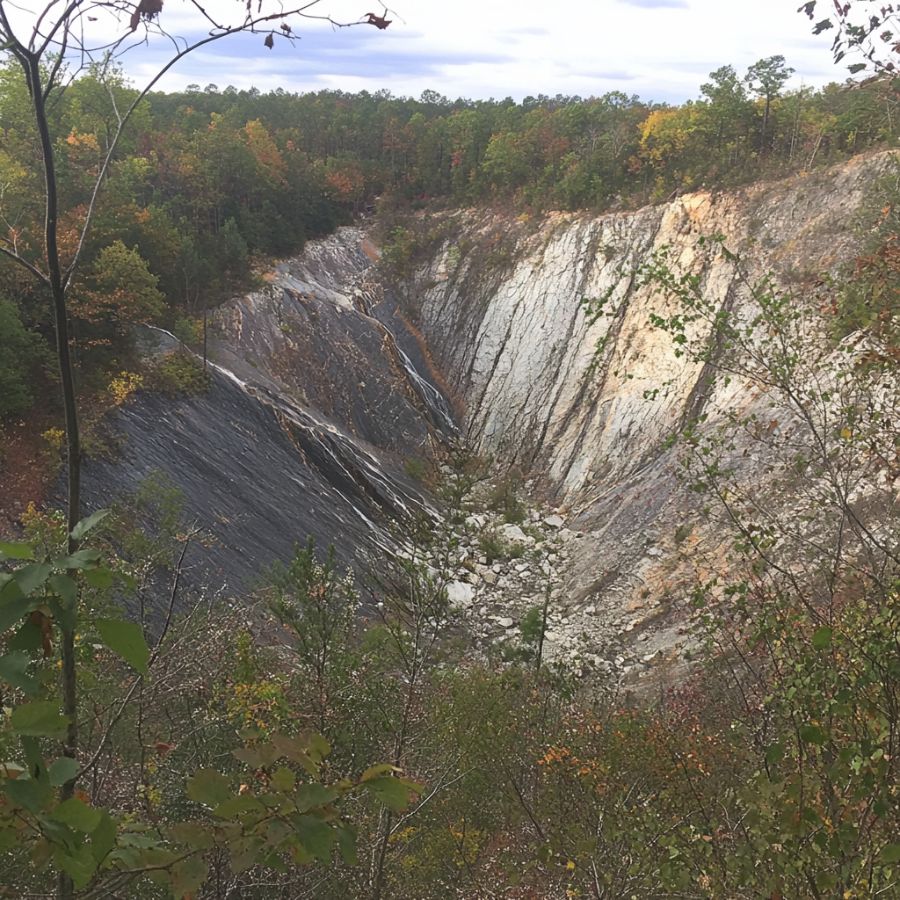
McAdoo, a historic coal town, sits on top of Broad Mountain. Located between Hazleton and Tamaqua, this area became famous for its rich anthracite coal deposits.
Old mining sites around McAdoo expose various rock layers, making it easier to find different minerals. These abandoned mines tell stories of the town’s coal mining past and reveal interesting rock formations.
Rockhounds can explore the area around Silver Brook Meadow, where minerals often surface after rain. The mountain’s unique geology created perfect conditions for mineral formation.
The region’s rich mining history has opened up many rock layers. This exposure helps collectors find various minerals, including Lapis Lazuli, in the rocky outcrops and mine tailings around town.
Ringtown Valley

Ringtown Valley is located in northeastern Pennsylvania, about 5 miles north of Shenandoah. The valley floor sits at 1,079 feet above sea level. Natural rock formations like canyons, gorges, and ravines make this area special for rock collectors.
Local streams have carved deep paths through the valley over thousands of years. These water paths exposed different rock layers, making it easier to find minerals. Many rockhounds search near the Brandonville Pumping Station Dam because water movement often reveals hidden stones.
The valley’s unique shape helps collect minerals in specific spots. Rock hunters often check the eroded areas near stream beds and exposed cliff faces. The best spots to look for Lapis Lazuli are in the deeper parts of ravines where older rock layers are visible.
Bucks Area
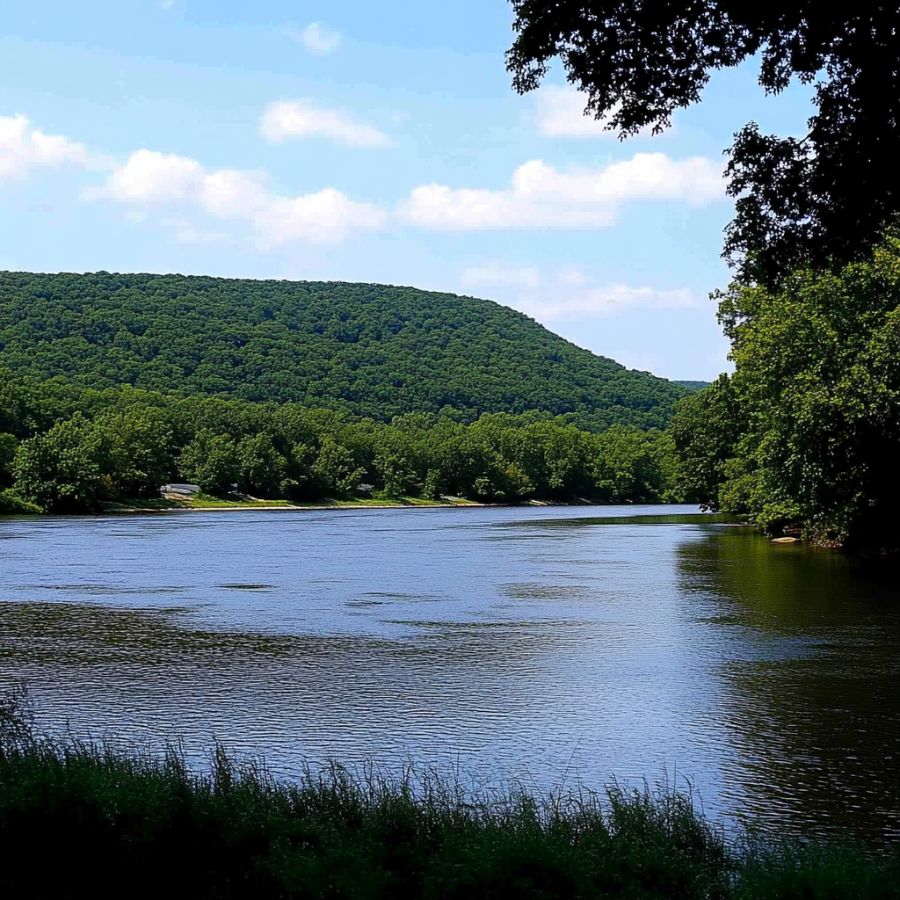
Bucks County is located right next to the Delaware River. The area has rolling hills, deep valleys, and rich geological features that make it perfect for rock hunting. The landscape includes the beautiful Delaware Canal and thick forests that hide many mineral treasures.
The county is part of the Newark Basin, which formed millions of years ago during the Triassic and Jurassic periods. Large deposits of sedimentary rocks and dark diabase make up much of the ground here. These rocks create good conditions for finding different minerals and gemstones.
Rock hunters can look for Lapis Lazuli along the Delaware River’s banks, where water has worn away the rocks over time. Old quarries in the area also offer good spots to search.
The valleys with exposed carbonate and crystalline rocks are especially promising places to look. Many local collectors have found interesting minerals in this area over the years.
Places Lapis Lazuli has been found by County
After discussing our top picks, we wanted to discuss the other places on our list. Below is a list of the additional locations along with a breakdown of each place by county.
| County | Location |
| Schuylkill | Deer Lake |
| Schuylkill | St. Clair |
| Lehigh | Coplay |
| Northampton | Easton |
| Luzerne | Hazleton |
| Lancaster | Cocalico |
| Lebanon | Cornwall |
| Chester | St. Peters Village |
| Delaware | Glen Mills |
| Delaware | Chadds Ford |
| Lancaster | Blue Ball |
| Washington | Peters Creek |

